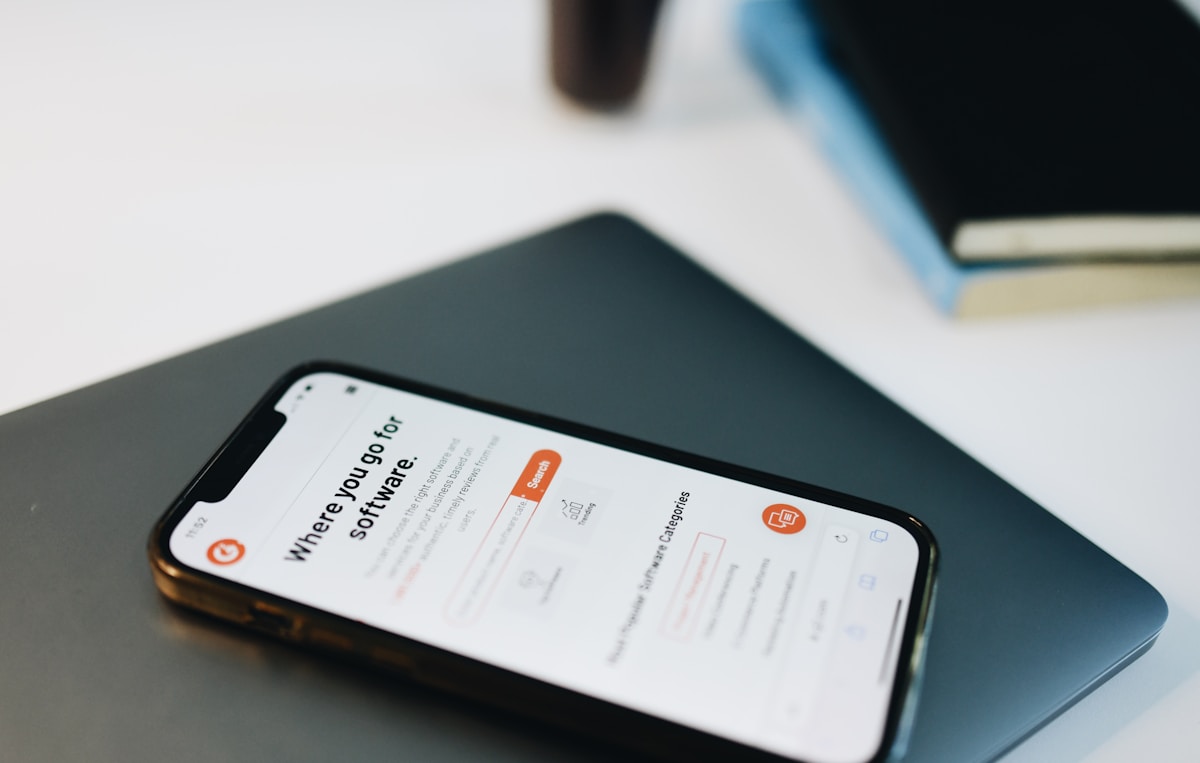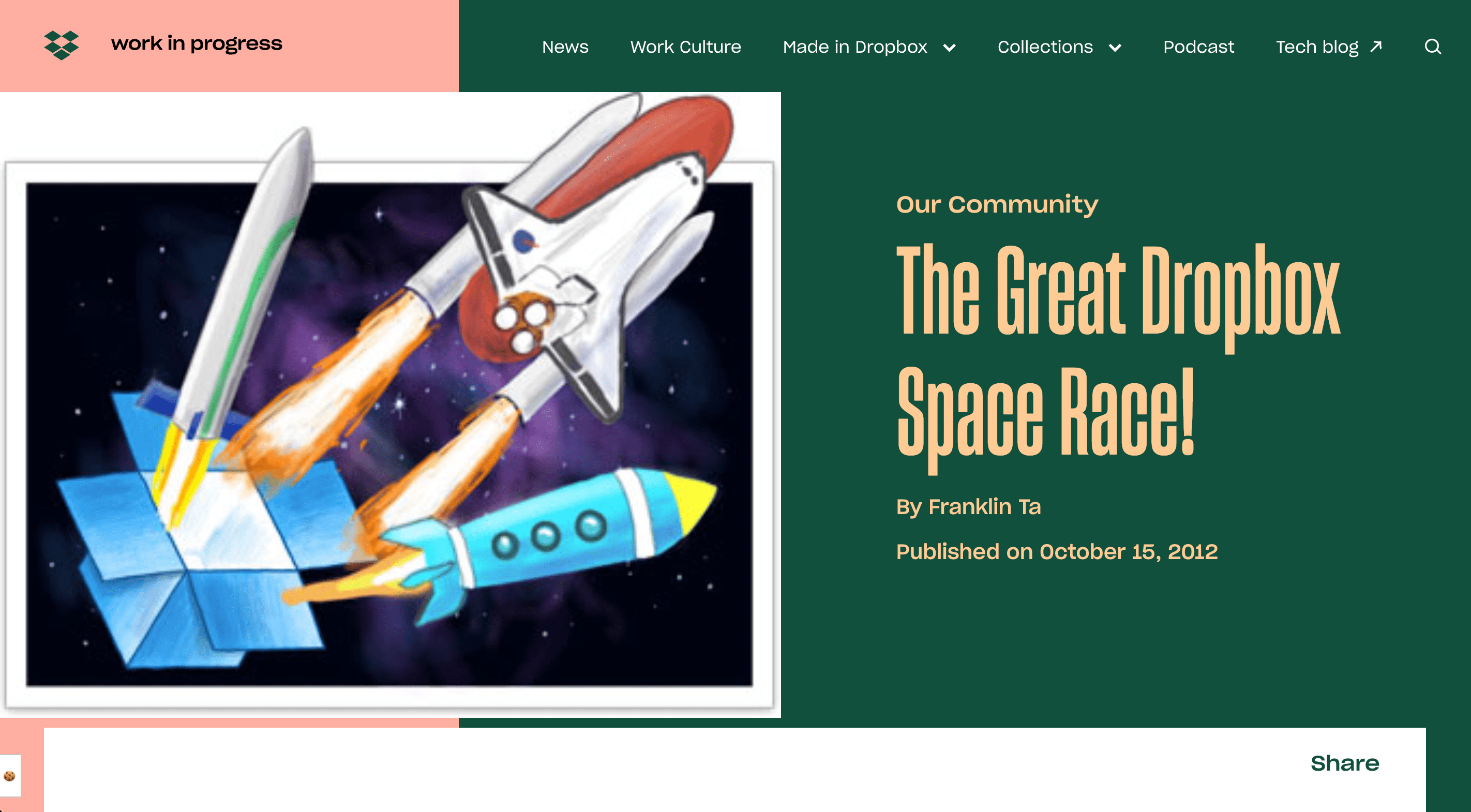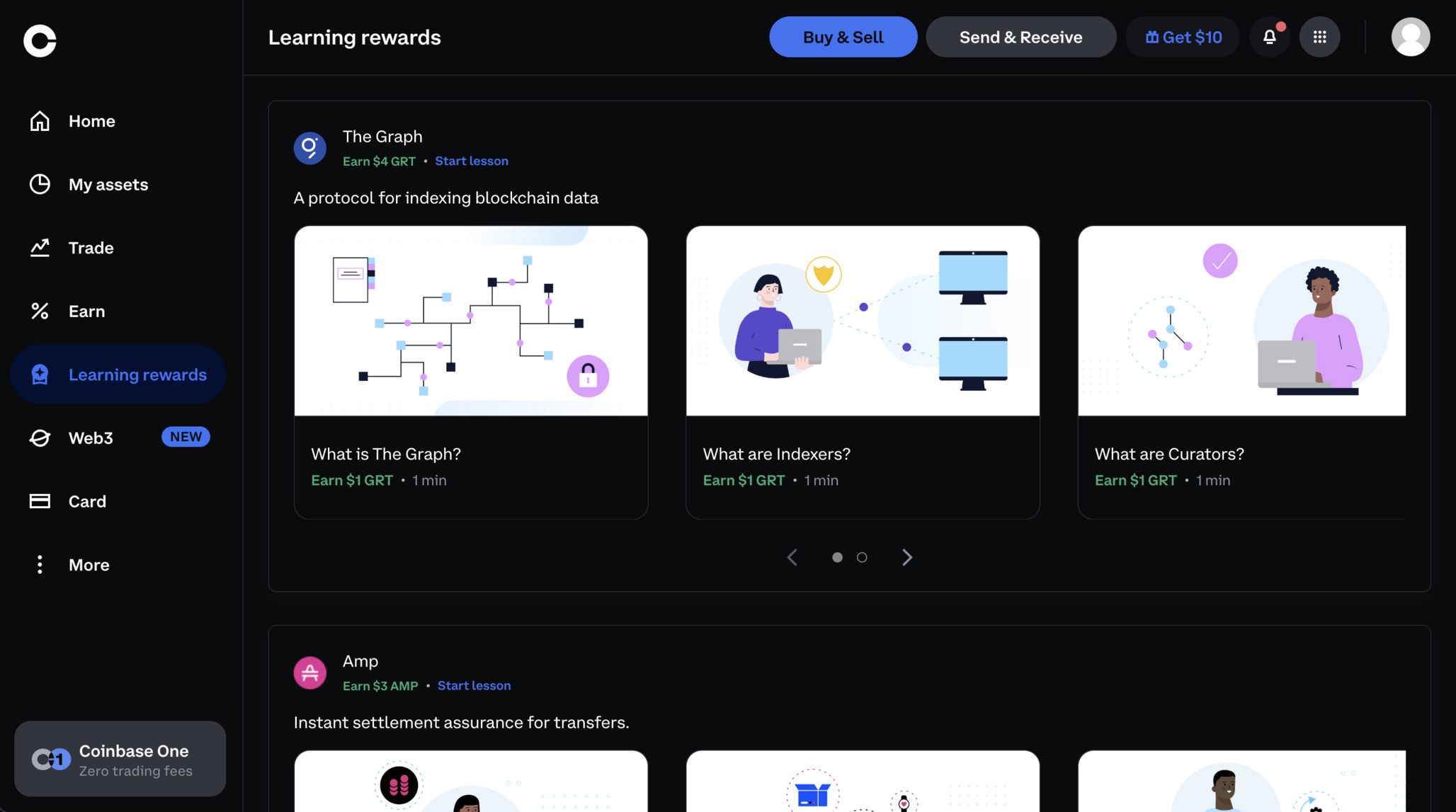Introduction
Loyalty programs have long been a staple of B2C marketing strategies, but their potential in the B2B space is often overlooked. As businesses increasingly recognize the value of long-term customer relationships, B2B loyalty programs are emerging as powerful tools for driving growth, fostering customer advocacy, and creating sustainable competitive advantages. This comprehensive guide explores the world of B2B loyalty programs, showcasing their importance, types, best practices, and real-world success stories to help you harness their full potential.
Table of Contents
- The Importance of B2B Loyalty Programs
- Types of B2B Loyalty Programs
- Key Components of Successful B2B Loyalty Programs
- Best Practices for Implementing B2B Loyalty Programs
- Measuring the Success of Your B2B Loyalty Program
- Real-World B2B Loyalty Program Success Stories
- Overcoming Common Challenges in B2B Loyalty Programs
- The Future of B2B Loyalty Programs
- Conclusion
1. The Importance of B2B Loyalty Programs
B2B loyalty programs play a crucial role in today's competitive business landscape. They offer numerous benefits that can significantly impact a company's bottom line and long-term success:
- Customer Retention: Loyalty programs incentivize repeat business, reducing churn and increasing customer lifetime value.
- Increased Revenue: Loyal customers tend to spend more and are more likely to try new products or services.
- Valuable Data Insights: These programs provide rich customer data, enabling personalized marketing and product development.
- Competitive Advantage: A well-designed loyalty program can set your business apart from competitors.
- Word-of-Mouth Marketing: Satisfied loyal customers become brand advocates, driving organic growth.
- Strengthened Relationships: Loyalty programs foster deeper connections with clients, leading to increased trust and collaboration.
By implementing an effective B2B loyalty program, companies can create a virtuous cycle of customer satisfaction, advocacy, and growth.
2. Types of B2B Loyalty Programs
B2B loyalty programs come in various forms, each designed to meet specific business objectives and customer needs. Here are some popular types:
2.1 Points Program
In a points-based loyalty system, customers earn points for various actions such as purchases, referrals, or engagement activities. These points can be redeemed for rewards, discounts, or exclusive benefits. This versatile approach allows businesses to incentivize a wide range of desired behaviors.
2.2 Tiered Program
Tiered loyalty programs categorize customers into different levels based on their spending or engagement. As customers move up the tiers, they unlock increasingly valuable rewards and benefits. This structure motivates customers to increase their business with your company to reach higher tiers.
2.3 Cashback Program
Cashback programs offer direct financial incentives by returning a percentage of the purchase amount to customers. This can be in the form of account credits, rebates, or actual cash rewards. The simplicity and tangible value of cashback programs make them attractive to many B2B customers.
2.4 Perks Program
A perks program offers exclusive benefits and privileges to loyal customers from the moment they join. These perks might include priority support, early access to new products, or complimentary services. Perks programs create a sense of exclusivity and added value for participants.
2.5 Experiential Program
Experiential loyalty programs focus on providing unique, memorable experiences to customers rather than traditional rewards. These might include VIP events, educational workshops, or behind-the-scenes tours. Such programs can create strong emotional connections with customers.
2.6 Partner Program
Partner programs involve collaborating with other businesses to offer a wider range of rewards or benefits to loyal customers. This approach can expand the value proposition of your loyalty program and create mutually beneficial relationships with other companies in your industry ecosystem.
3. Key Components of Successful B2B Loyalty Programs
To create a B2B loyalty program that truly resonates with your customers and drives results, consider incorporating these essential elements:
3.1 Clear Value Proposition
Your loyalty program should offer tangible, meaningful benefits that align with your customers' needs and preferences. Clearly communicate the value of participation to encourage enrollment and ongoing engagement.
3.2 Personalization
Leverage customer data to tailor rewards, communications, and experiences to individual preferences and behaviors. Personalization enhances the relevance and effectiveness of your loyalty program.
3.3 Easy Enrollment and Participation
Simplify the process of joining and engaging with your loyalty program. Minimize barriers to entry and make it straightforward for customers to earn and redeem rewards.
3.4 Omnichannel Integration
Ensure your loyalty program is accessible and consistent across all customer touchpoints, including online platforms, mobile apps, and in-person interactions.
3.5 Gamification Elements
Incorporate gamification techniques such as challenges, leaderboards, or progress tracking to make participation more engaging and fun for customers.
3.6 Regular Communication
Keep participants informed about their status, available rewards, and program updates through targeted, timely communications.
3.7 Flexibility and Choice
Offer a diverse range of reward options to cater to different customer preferences and needs. This might include monetary rewards, exclusive access, or value-added services.
3.8 Continuous Improvement
Regularly gather feedback from participants and analyze program data to identify areas for improvement and evolve your loyalty program over time.
4. Best Practices for Implementing B2B Loyalty Programs
To maximize the impact of your B2B loyalty program, consider these best practices:
4.1 Align with Business Objectives
Ensure your loyalty program supports broader business goals, such as increasing customer retention, driving cross-sells, or expanding into new markets.
4.2 Segment Your Audience
Tailor your loyalty program to different customer segments based on factors like company size, industry, or purchasing behavior. This allows for more targeted and effective rewards and communications.
4.3 Leverage Technology
Invest in robust loyalty program software that can handle complex B2B relationships, integrate with your existing systems, and provide valuable analytics and reporting capabilities.
4.4 Train Your Team
Ensure all customer-facing employees understand the loyalty program and can effectively communicate its benefits to customers.
4.5 Create a Seamless User Experience
Design an intuitive, user-friendly interface for your loyalty program that makes it easy for customers to track their progress, redeem rewards, and engage with your brand.
4.6 Offer Exclusive Content and Resources
Provide loyalty program members with access to valuable industry insights, educational content, or expert consultations to enhance the overall value proposition.
4.7 Collaborate with Sales and Account Management Teams
Integrate your loyalty program into your sales and account management processes to ensure a cohesive customer experience and maximize program impact.
4.8 Emphasize Customer Success
Focus on helping customers achieve their business goals through your loyalty program, rather than solely promoting your products or services.
5. Measuring the Success of Your B2B Loyalty Program
To ensure your B2B loyalty program is delivering results, track these key performance indicators (KPIs):
5.1 Enrollment Rate
Monitor the percentage of eligible customers who join your loyalty program. A high enrollment rate indicates strong initial interest and perceived value.
5.2 Active Participation Rate
Track the proportion of enrolled members who actively engage with your program. This metric helps gauge ongoing program relevance and effectiveness.
5.3 Customer Retention Rate
Measure the impact of your loyalty program on customer churn by comparing retention rates between program participants and non-participants.
5.4 Average Order Value
Analyze how loyalty program membership affects customer spending patterns and overall order values.
5.5 Customer Lifetime Value
Calculate the long-term value of loyalty program members compared to non-members to assess the program's impact on customer relationships.
5.6 Net Promoter Score (NPS)
Use NPS surveys to measure customer loyalty and likelihood to recommend your business to others.
5.7 Return on Investment (ROI)
Evaluate the overall financial impact of your loyalty program by comparing program costs to incremental revenue generated.
5.8 Redemption Rate
Monitor how frequently members redeem rewards to ensure your program offers appealing and attainable benefits.
6. Real-World B2B Loyalty Program Success Stories
Examining successful B2B loyalty programs can provide valuable insights and inspiration. Here are three notable examples:
6.1 Lenovo Expert Achievers Program (LEAP)
When Lenovo acquired IBM's System X86 server division, they faced the challenge of retaining IBM's existing business partners. The LEAP program was created to address this issue and establish Lenovo's reputation in the server market.
Key features:
- Educational component ("Learn and Earn") incentivizing partners to complete training modules
- Sales rewards ("Sell and Earn") for promoting Lenovo server products
Results:
- Doubled the active user base of former IBM business partners
- Achieved 40% over-target revenue
- LEAP participants sold seven times more Lenovo products than non-participants in 2015
6.2 H&R Block Canada's Refer-a-Friend Campaign
H&R Block Canada leveraged its loyalty program to boost referrals and engage with customers year-round, not just during tax season.
Key features:
- Automated email system for referral requests
- Rewards for all loyal clients, regardless of NPS score
- Integration with NPS data for deeper customer insights
Results:
- 500,000+ emails sent with a 49% open rate (well above industry average)
- 13% year-on-year program growth
- Improved understanding of customer experience drivers
6.3 Rehmann's Account Experience Platform
Financial services provider Rehmann implemented a comprehensive customer experience program to enhance loyalty and retention.
Key features:
- Automated NPS surveys and feedback collection
- Continuous engagement and support based on customer insights
- Focus on personalized service improvements
Results:
- Achieved and maintained an NPS score of 79 (significantly above industry average)
- Enhanced ability to identify and address customer needs proactively
- Improved customer retention and satisfaction
These success stories demonstrate the potential of well-designed B2B loyalty programs to drive significant business results across various industries.
7. Overcoming Common Challenges in B2B Loyalty Programs
While B2B loyalty programs offer numerous benefits, they also come with unique challenges. Here are some common obstacles and strategies to overcome them:
7.1 Complex Decision-Making Processes
Challenge: B2B purchases often involve multiple stakeholders, making it difficult to target loyalty initiatives.
Solution: Design a program that offers benefits at both the individual and company level, and provide tools for champions within client organizations to showcase the program's value to decision-makers.
7.2 Long Sales Cycles
Challenge: Infrequent purchases can make it challenging to maintain engagement with a loyalty program.
Solution: Incorporate non-transactional ways to earn rewards, such as engagement with educational content, participation in webinars, or providing feedback.
7.3 Diverse Customer Needs
Challenge: B2B customers often have widely varying needs and preferences, making it difficult to create a one-size-fits-all program.
Solution: Offer a flexible program with customizable rewards and tiered benefits that can be tailored to different customer segments.
7.4 Regulatory Compliance
Challenge: Certain industries may have restrictions on offering incentives or rewards to business customers.
Solution: Consult with legal experts to ensure your loyalty program complies with all relevant regulations, and consider non-monetary rewards where appropriate.
7.5 Integration with Existing Systems
Challenge: B2B loyalty programs often need to integrate with complex CRM and ERP systems.
Solution: Invest in robust, adaptable loyalty program software that can seamlessly integrate with your existing technology stack.
7.6 Measuring ROI
Challenge: Quantifying the direct impact of a loyalty program on business results can be challenging.
Solution: Establish clear KPIs from the outset, implement thorough tracking mechanisms, and regularly analyze both quantitative and qualitative data to demonstrate program value.
8. The Future of B2B Loyalty Programs
As technology evolves and customer expectations shift, B2B loyalty programs will continue to innovate. Here are some trends shaping the future of these programs:
8.1 Artificial Intelligence and Machine Learning
AI and ML will enable more sophisticated personalization, predictive analytics, and automated program optimization.
8.2 Blockchain Technology
Blockchain could revolutionize loyalty program management by enhancing security, transparency, and the ability to exchange points across multiple programs.
8.3 Hyper-Personalization
Advanced data analytics will allow for increasingly tailored experiences, rewards, and communications based on individual customer preferences and behaviors.
8.4 Sustainability Focus
B2B loyalty programs may increasingly incorporate sustainability-focused rewards and initiatives to align with growing environmental concerns.
8.5 Virtual and Augmented Reality
VR and AR technologies could create immersive, engaging experiences for loyalty program members, particularly in industries like manufacturing or architecture.
8.6 Integration with Customer Success Platforms
Loyalty programs will become more tightly integrated with customer success initiatives, focusing on helping clients achieve their business goals.
8.7 Emotional Loyalty
Programs will place greater emphasis on building emotional connections with customers, going beyond transactional rewards to create meaningful brand relationships.
9. Conclusion
B2B loyalty programs have evolved from simple point-based systems to sophisticated, data-driven initiatives that can significantly impact business growth and customer relationships. By understanding the various types of programs, implementing best practices, and staying attuned to emerging trends, companies can create loyalty initiatives that drive meaningful results.
The key to success lies in designing a program that truly resonates with your customers' needs, aligns with your business objectives, and delivers tangible value to all stakeholders. Whether you're looking to improve customer retention, increase revenue, or foster brand advocacy, a well-executed B2B loyalty program can be a powerful tool in your marketing arsenal.
As you embark on your loyalty program journey, remember that continuous improvement is crucial. Regularly gather feedback, analyze performance data, and be prepared to adapt your program as your business and customer needs evolve. With the right approach, your B2B loyalty program can become a cornerstone of your customer relationship strategy, driving sustainable growth and competitive advantage in the years to come.







